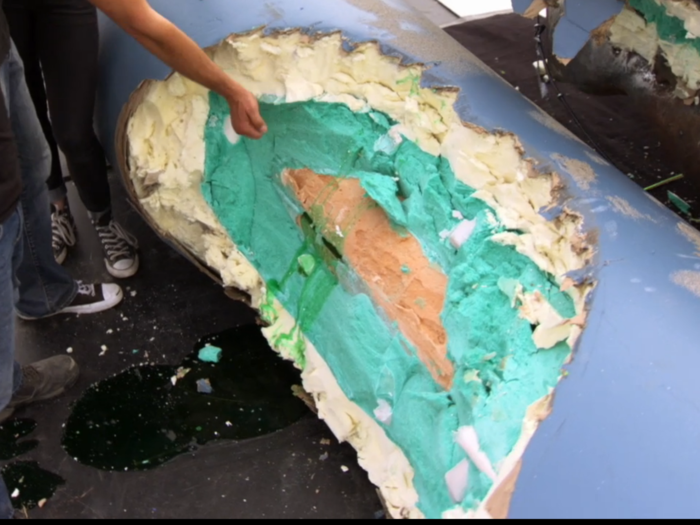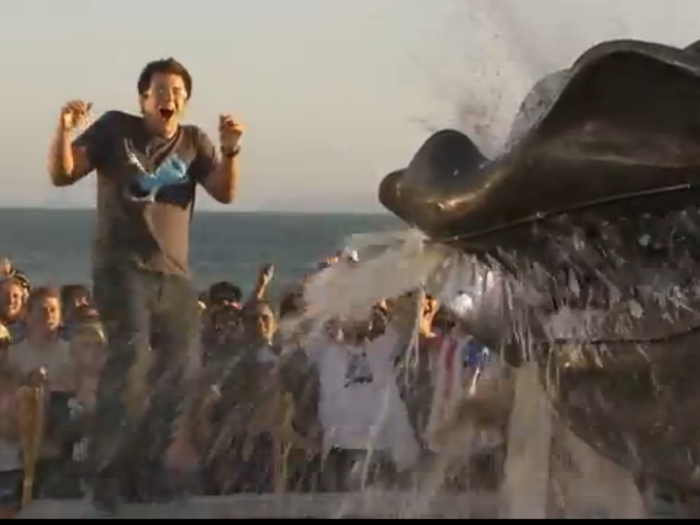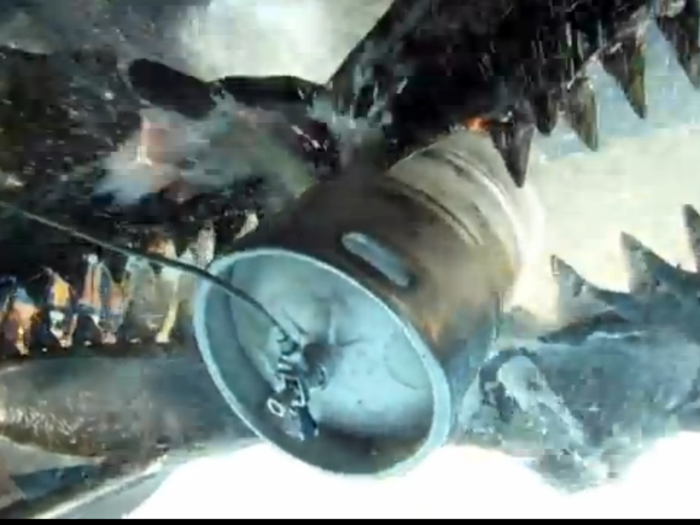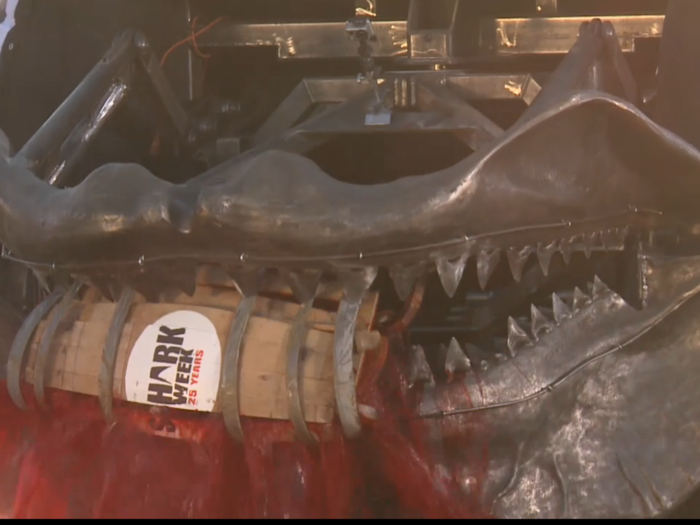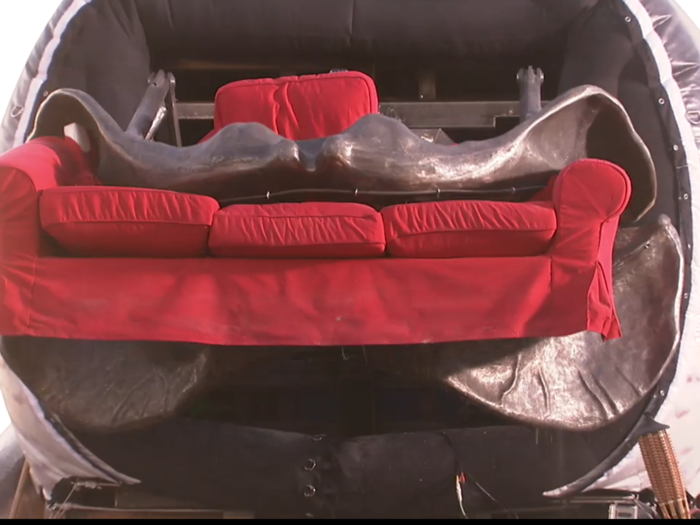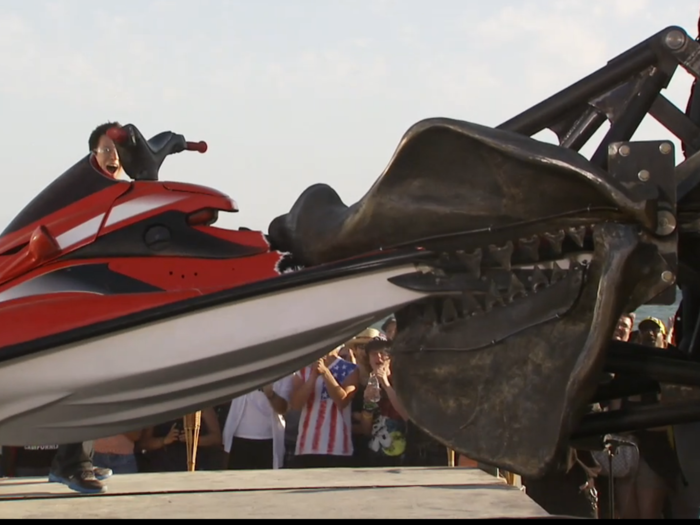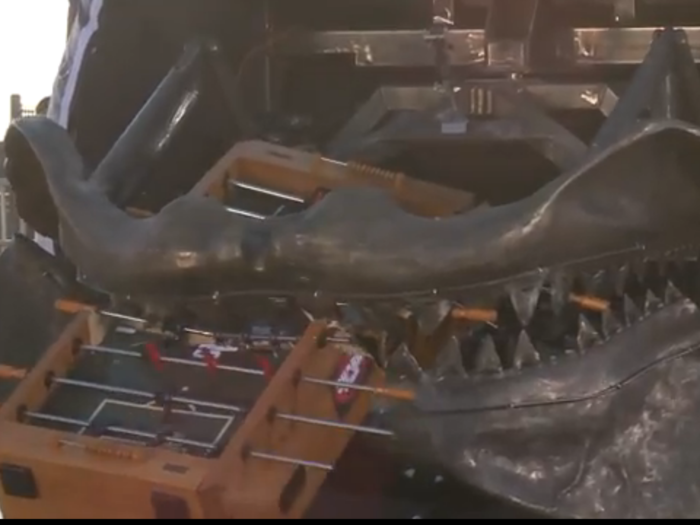How The 60-Foot-Long Ancient Shark, Megalodon, Ripped Apart Giant Whales
At more than 60 feet long, megalodon — (literally "big tooth") — was the top predator in the ocean up until they went extinct two million years ago.

They were much larger than Tyrannosaurus rex. Megalodons weighed up to 100 tons, while T-rex weighed a puny 9 tons.
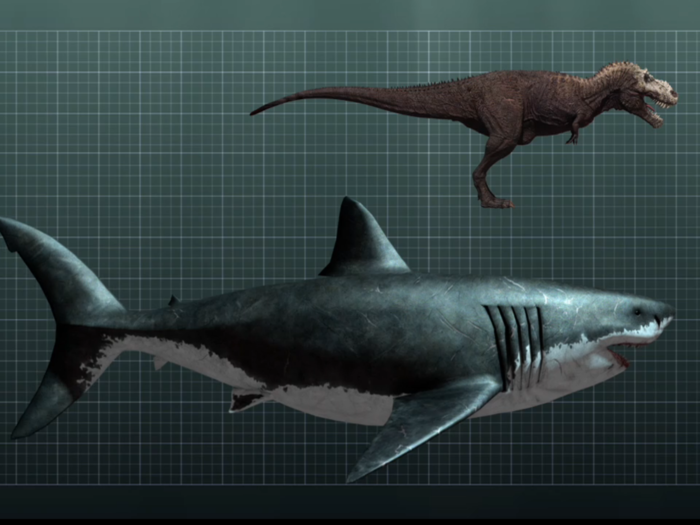
In fact, a T-rex would have been a quick snack for megalodon. Its head would have easily fit inside the gargantuan shark's mouth.
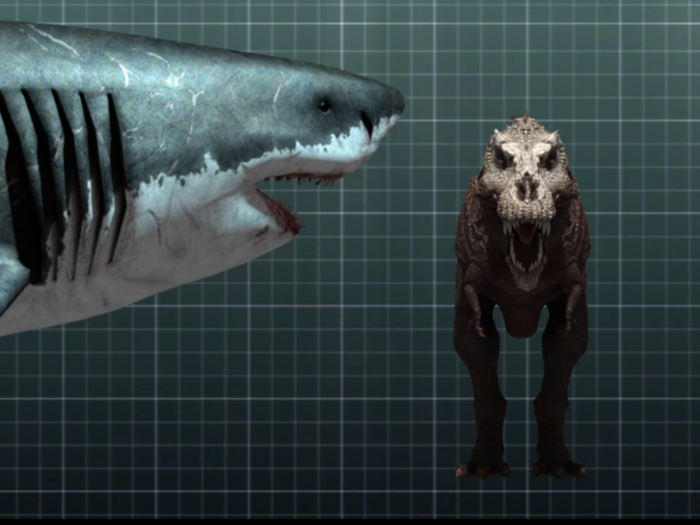
Sharks' skeletons are made almost entirely of cartilage, so all that remains of megalodon are a few plate-sized bones from its spine and seven-inch-long razor-sharp teeth.
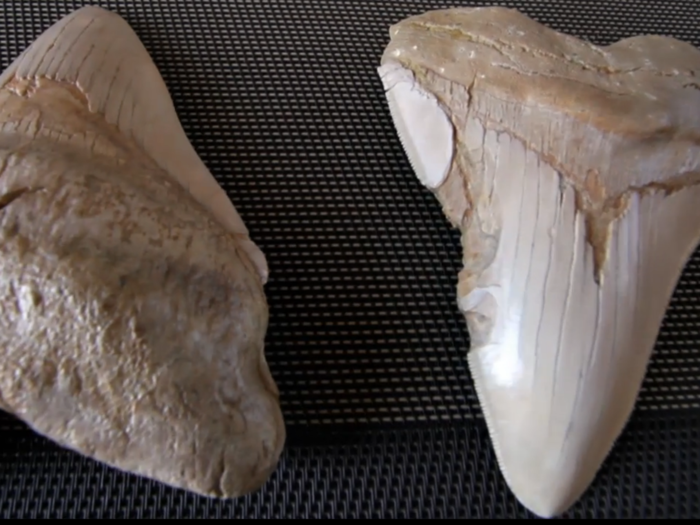
From these fossils and related species like the great white shark, scientists can guess at the megalodon's size and shape.
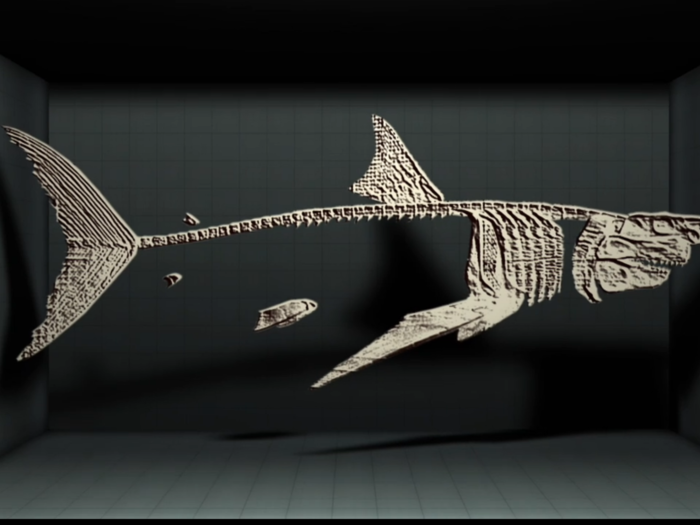
Many of the known fossilized megalodon teeth came from Shark Tooth Hill, near Bakersfield, California.
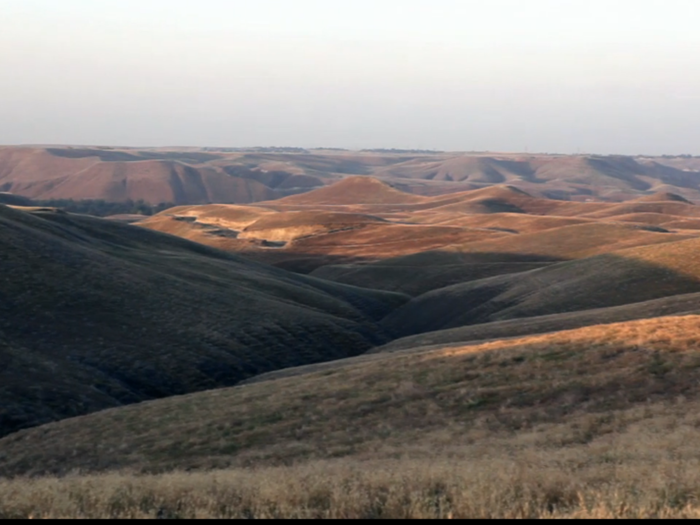
During the Miocene that land would have been covered in ocean and inhabited by marine life.
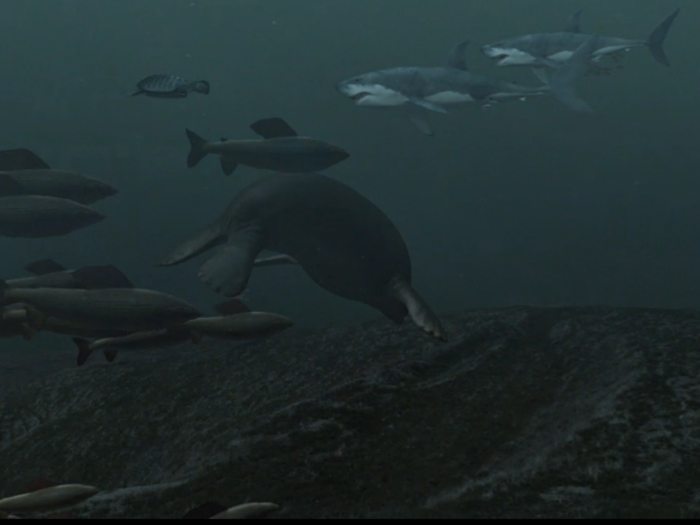
Scientists (and the public) can dig fossils out of the privately owned Shark Tooth Hill.
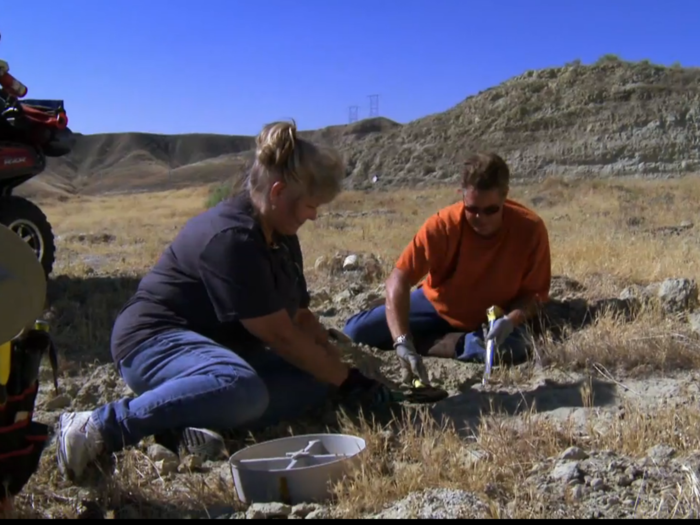
The teeth can remain razor sharp even after millions of years. They can easily inflict a wound worthy of stitches.
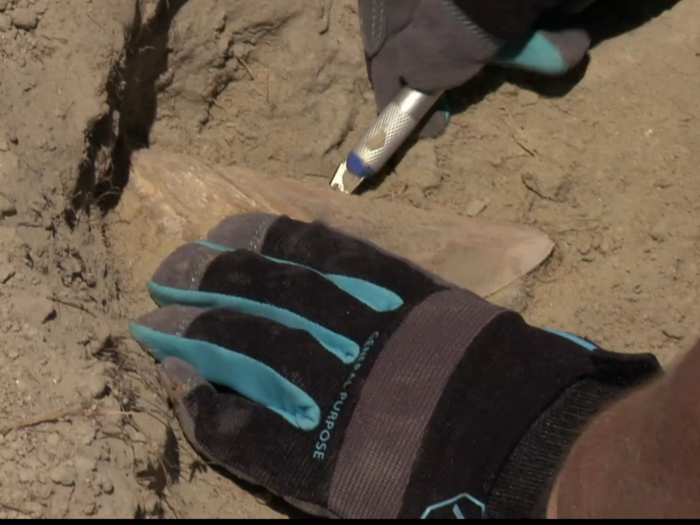
A fossilized whale was also found at the quarry — missing its head. The owners of Shark Tooth Hill, Sean and Lisa Tohill, have long wondered if the whale was killed by a megalodon.
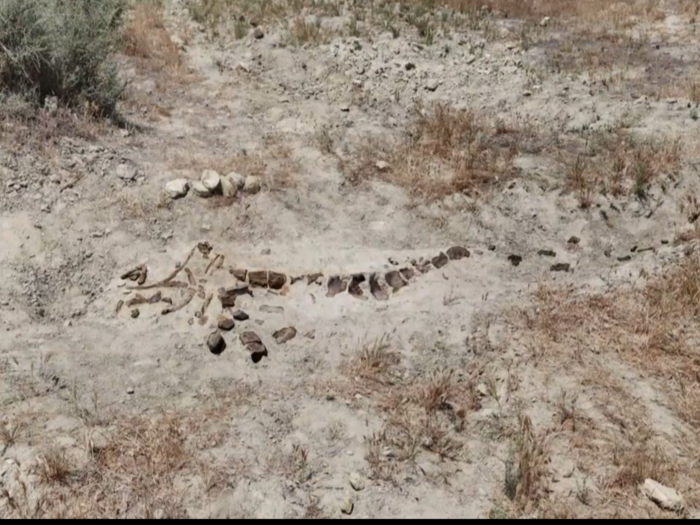
To figure out if this particular whale could have been eaten by a megalodon, the Discovery Channel's MythBusters set out to build a replica of a megalodon to test its bite.
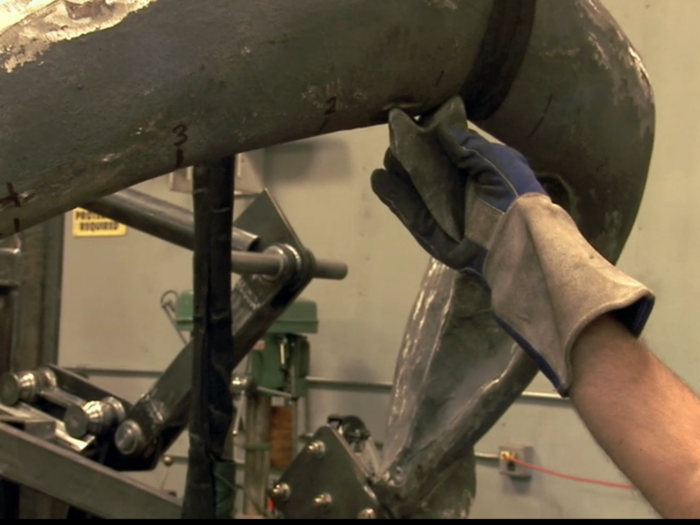
Such a project is a combination of science and guesswork. Because no intact fossils exist, the Mythbusters team extrapolated a design of megalodon's jaws based on fossilized teeth and the shapes of jaws belonging to great white sharks.
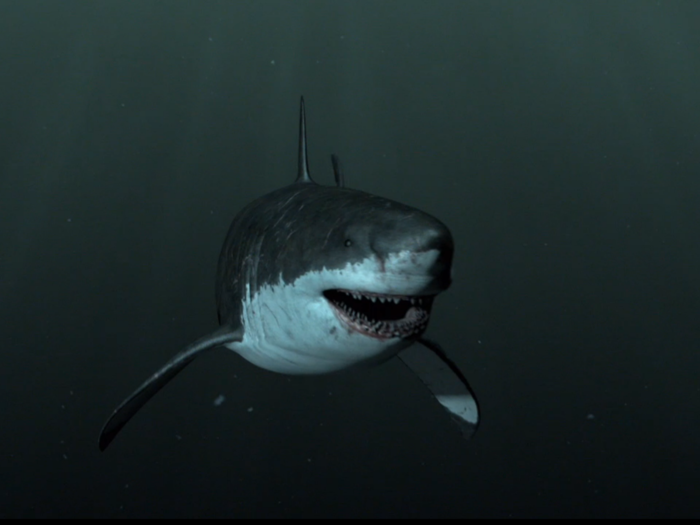
It would make sense if it could eat large prey, since its sheer size would have required lots of calories just to keep moving.
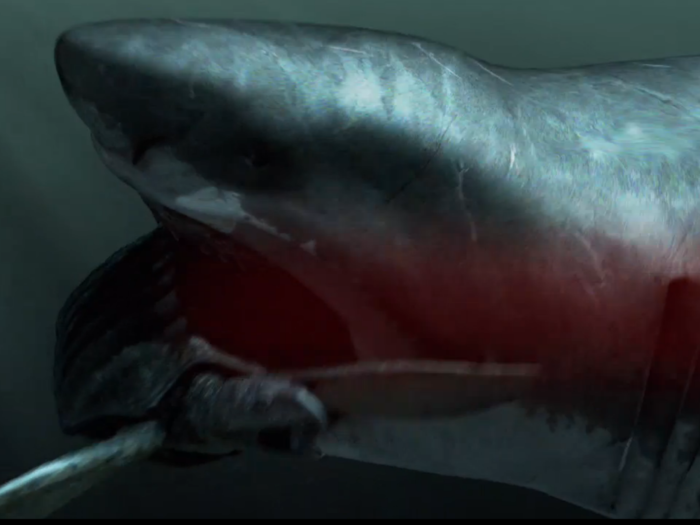
Though the biggest whales today — blue whales — would still be much larger than most megalodons would have been, it is possible the sharks could take prey bigger than them. Some scientists think that the shark disabled whales by biting off their fins. Others imagine megalodons might have had hunting behavior similar to those of modern great whites — with several huge sharks circling and feeding off one animal in large bites.
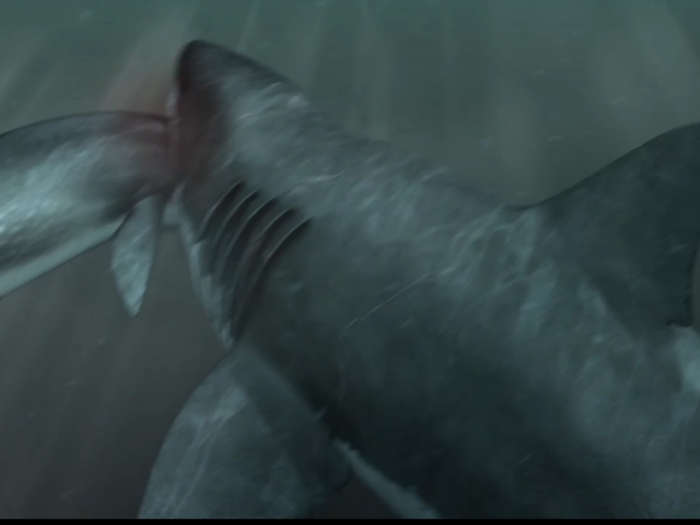
Engineer Jim Sharits, who is overseeing the recreation of the megalodon jaw and teeth, worked with paleontologist Chuck Ciampaglio of Wright State University and his student Michael Taylor to design a jaw as scientifically sound as possible.
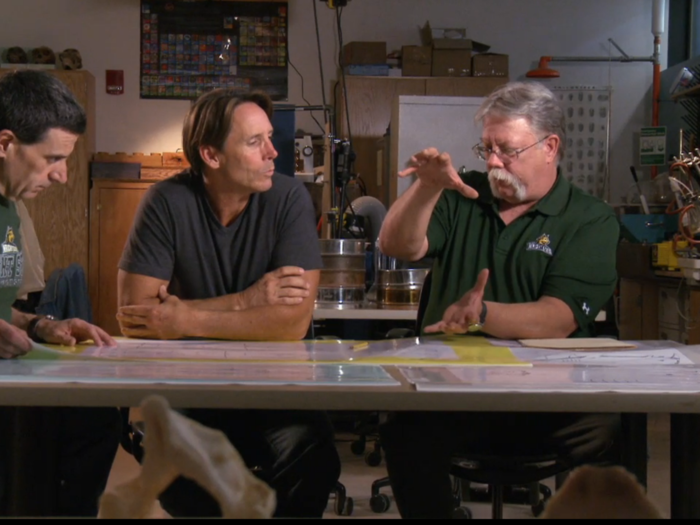
Scientists have also discovered whale bones scratched by or found very near megalodon tooth fossils.
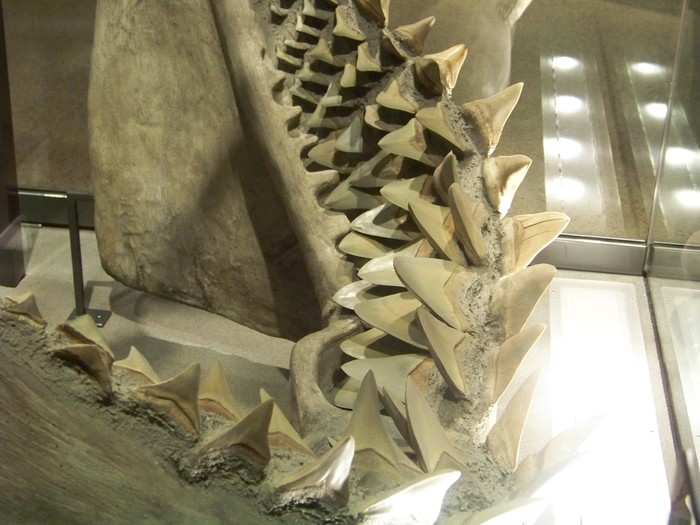
The jaws the Mythbusters team built have to be able to bite down with 20,000 pounds of pressure. A modern great white has only a couple of tons of bite force.
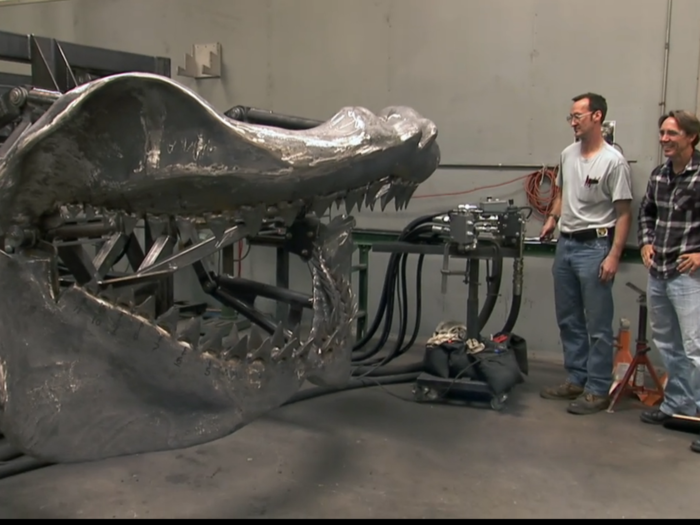
The Mythbusters team built a dummy with materials that mimic the bones and tissues of a large whale found at Shark Tooth hill.
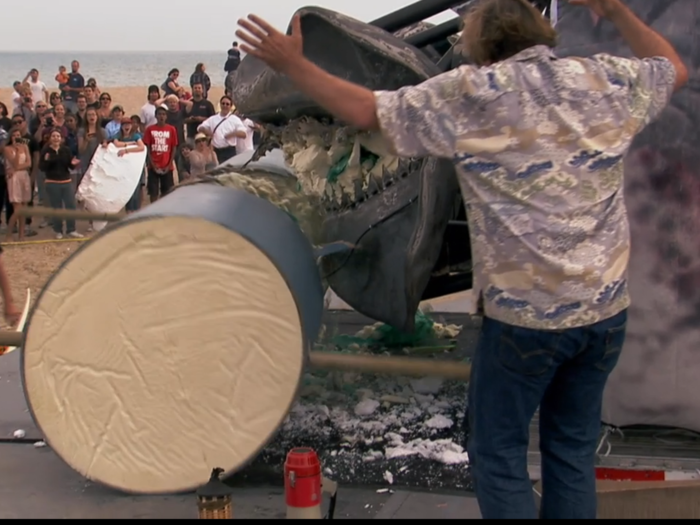
Megalodon would have eaten other large sharks, similar to this full-sized model of a bull shark.
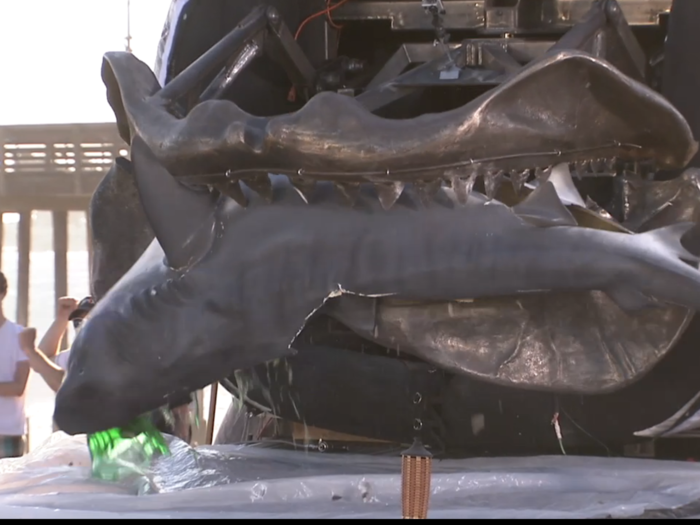
Using a foam block, the Sharkzilla team found that the megalodon could bite off about 30 cubic feet — almost 2,000 pounds of flesh.

The force of the bite on the foam was so great it knocked one of the show's hosts — Grant Imahara — off the stage.
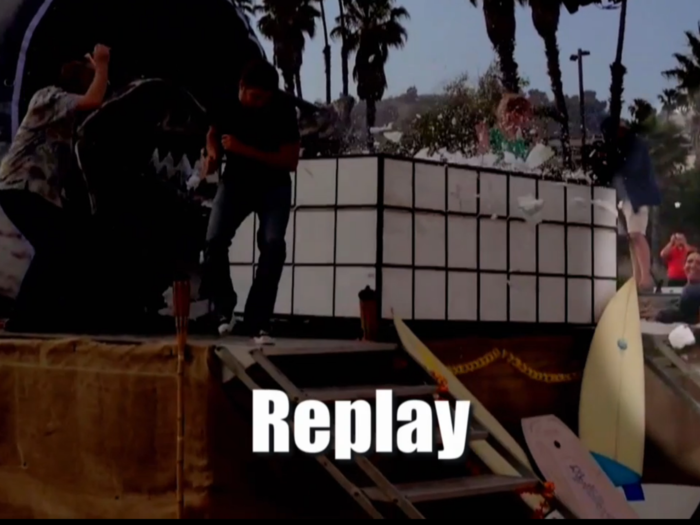
Though it almost certainly went extinct almost 2 million years ago — no matter what the Discovery Channel says — we continue to learn more about megalodon all the time. Recently, for instance, a 10-million-year-old "nursery" was discovered off the coast of Panama, where the fearsome predators would have raised their fragile young.
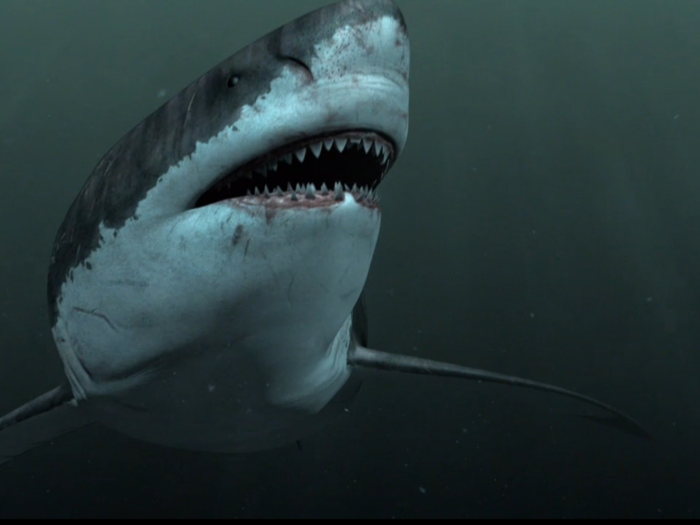
The results of that discovery suggested that even young megalodons could get up to 35 feet in length. Even conservative estimates of the shark's full size (in red) would still make massive whale sharks (purple) and great whites (green) seem tiny.
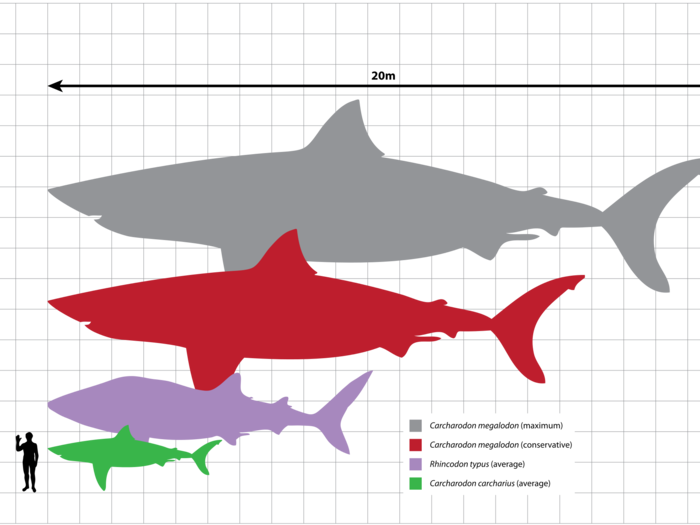
Now see what a great white can do.
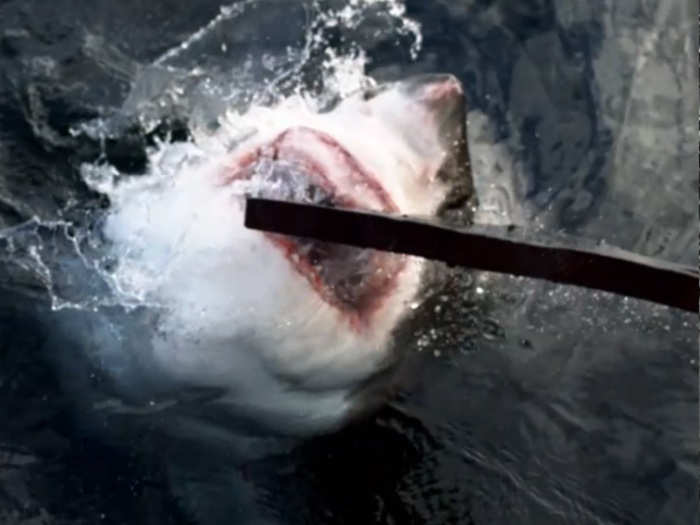
Popular Right Now
Advertisement
